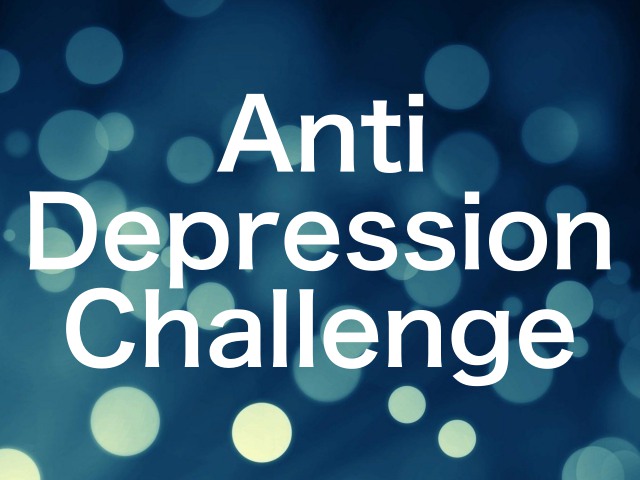How does IPL Hair Removal work?
In recent years, Intense Pulsed Light (IPL) hair removal has gained popularity as a non-invasive and effective method for long-term hair reduction. This advanced technology offers an alternative to traditional methods like waxing, shaving, and electrolysis, promising smoother and hair-free skin. This article delves into the intricacies of IPL hair removal, exploring its mechanism, benefits, and considerations.

The Basics of IPL Hair Removal

IPL laser hair removal is based on the principle of selective photothermolysis, which involves using light energy to target specific structures in the skin while leaving surrounding tissues unharmed. The treatment aims to destroy hair follicles, preventing hair regrowth without causing significant damage to the skin.
How It Works

IPL devices emit a broad spectrum of light, usually in the range of 500 to 1200 nanometers, which is selectively absorbed by melanin, the pigment responsible for hair and skin color. The light energy is converted into heat as it interacts with the melanin in the hair shaft and follicle, generating enough heat to damage the follicle and impede its ability to produce new hair.
The Three Phases of Hair Growth
To understand how IPL achieves its results, it’s important to grasp the three phases of hair growth:
Anagen Phase: This is the active growth phase, during which the hair follicle produces a new hair shaft.
Catagen Phase: In this transitional phase, hair growth slows down, and the hair detaches from the follicle.
Telogen Phase: The resting phase, during which the old hair is shed and the follicle prepares to produce a new hair.
Effectiveness and Number of Sessions

Hair removal by going to Ulike will be most effective during the anagen phase when the hair is actively growing and has a higher concentration of melanin. Not all hair is in the same phase at the same time, which is why multiple treatment sessions are necessary. Typically, a series of 6 to 8 sessions spaced 4 to 6 weeks apart is recommended for optimal results.
Advantages of IPL Hair Removal

Long-Term Reduction: IPL hair removal can lead to long-lasting hair reduction, with some individuals experiencing permanent hair loss in treated areas.
Speed and Coverage: IPL devices have large treatment areas, allowing for quick sessions on larger body areas like the legs and back.
Minimal Discomfort: Compared to waxing or electrolysis, IPL is relatively comfortable, often described as feeling like a rubber band snapping against the skin.
Convenience: After a course of treatments, maintenance sessions may only be needed occasionally to keep the results.
Considerations and Safety
While IPL hair removal is generally safe, there are important considerations to keep in mind:
Skin Tone: IPL is most effective on individuals with lighter skin and darker hair due to the contrast between the melanin in the hair and the surrounding skin.
Sun Exposure: Tanned skin increases the risk of adverse effects, so it’s recommended to avoid sun exposure before and after treatment.
Professional Expertise: To ensure safety and efficacy, it’s advisable to undergo IPL hair removal with a trained and certified professional.
Possible Side Effects
Common side effects include temporary redness, mild swelling, and a sensation similar to sunburn. These effects usually subside within a few hours to a couple of days. Rarely, there can be more serious side effects like blistering or changes in skin pigmentation.
Conclusion
IPL hair removal offers a modern and efficient solution for those seeking long-term hair reduction. By leveraging the principles of selective photothermolysis, IPL devices target hair follicles with precision, leading to reduced hair growth over time. As with any cosmetic procedure, it’s crucial to consult a qualified professional and discuss your unique skin and hair characteristics before embarking on a treatment plan. With proper care and attention, IPL hair removal can provide smooth and hair-free skin that boosts self-confidence and enhances one’s overall appearance.






